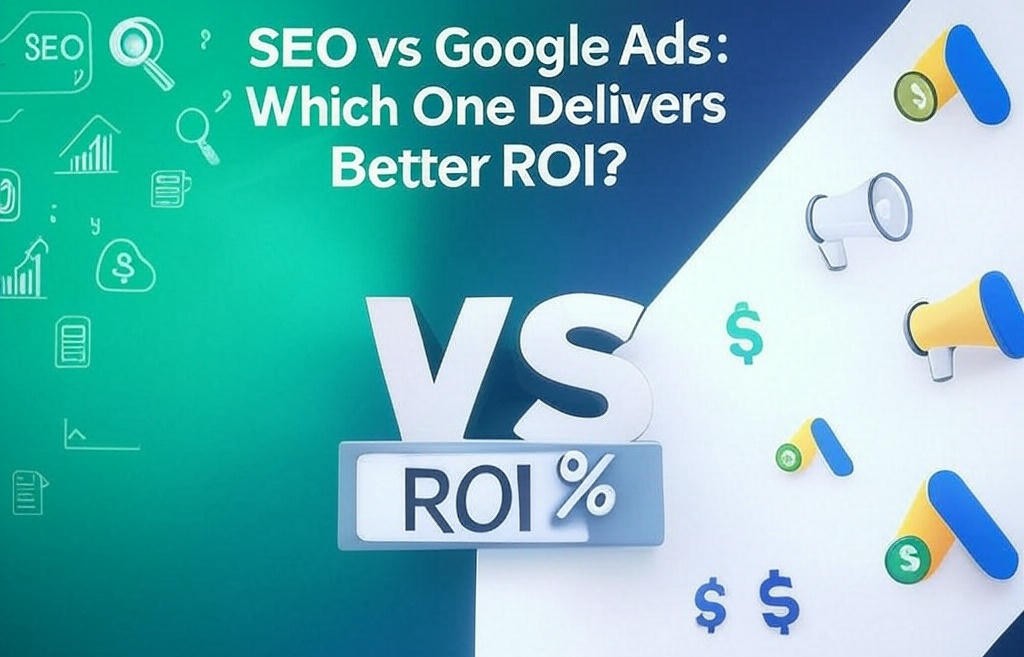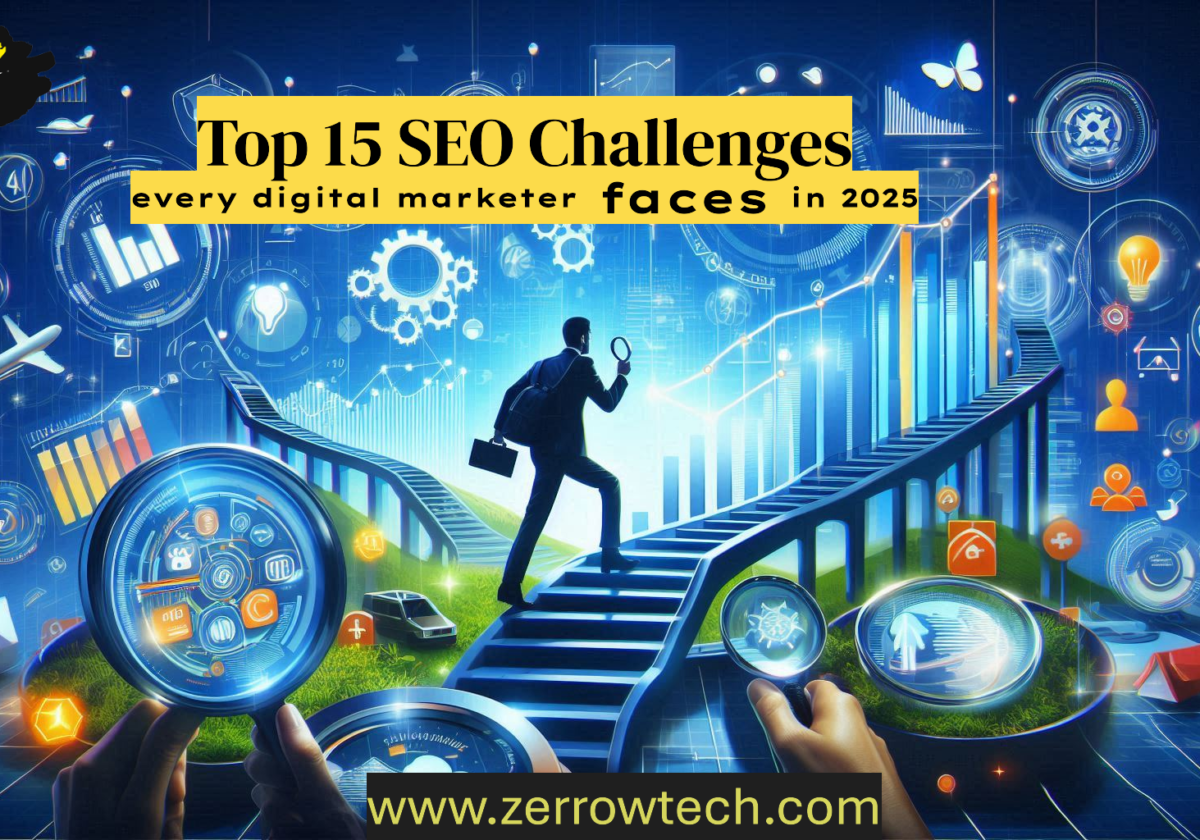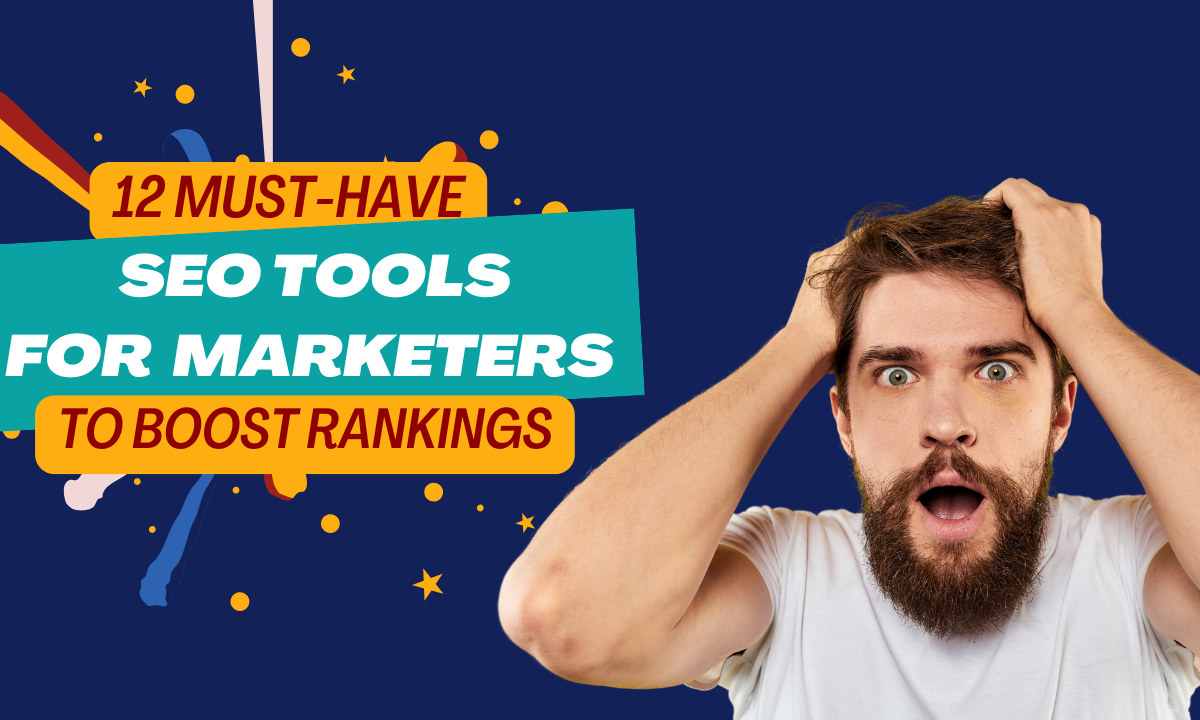SEO vs. Google Ads: Which One Delivers Better ROI?
In the digital marketing world, businesses constantly debate between SEO (Search Engine Optimization) and Google Ads (Pay-Per-Click or PPC) to drive traffic, leads, and revenue. Both strategies have their pros and cons, but which one delivers better Return on Investment (ROI)? Let’s dive deep into the comparison and determine which suits your business best.
Understanding SEO and Google Ads
What is SEO?
SEO involves optimizing your website to rank higher in organic search results on Google. It includes on-page SEO (keyword optimization, content creation, meta tags), off-page SEO (backlinks, social signals), and technical SEO (site speed, mobile-friendliness, structured data). The goal is to gain free, long-term traffic without directly paying for clicks.
What are Google Ads?
Google Ads is a paid advertising platform where businesses bid on keywords to display ads on Google’s search engine results pages (SERPs). You pay per click (PPC), meaning every visitor costs money. Google Ads provides instant traffic and highly targeted audiences.
SEO vs. Google Ads: A Detailed Comparison
| Feature | SEO | Google Ads |
|---|---|---|
| Cost | Free (except for SEO efforts) | Paid per click (PPC) |
| Speed of Results | Slow (3-6 months or more) | Instant |
| Sustainability | Long-term | Short-term (depends on ad spend) |
| Click-Through Rate (CTR) | Higher for top-ranking pages | Lower than organic results |
| Targeting | Limited targeting options | Precise targeting (location, demographics, device) |
| Competition | High for competitive industries | High for popular keywords |
| Conversion Rates | Can be high if optimized well | High if ads are well-optimized |
Which One Delivers Better ROI?
ROI from SEO
✅ Pros:
- Long-term results with sustained traffic.
- Higher trust and credibility.
- No per-click cost, making it cost-effective in the long run.
❌ Cons:
- Takes months to show results.
- Requires continuous content creation and optimization.
SEO is ideal for businesses looking for long-term brand authority and cost-effective lead generation.
ROI from Google Ads
✅ Pros:
- Instant visibility and leads.
- Highly targeted audience.
- Full control over budget and campaigns.
❌ Cons:
- Expensive in competitive niches.
- Once the budget is gone, traffic stops.
Google Ads is ideal for businesses needing quick results, seasonal promotions, or testing new products/services.
Which Strategy Should You Choose?
- If you need fast leads and immediate results, Google Ads is the best option.
- If you want long-term brand growth and sustainable traffic, SEO is better.
- The best strategy combines both SEO and Google Ads for short-term traffic and long-term brand building.
Final Verdict: SEO vs. Google Ads
For maximum ROI, a hybrid approach works best:
- Start with Google Ads to gain quick traffic and test keyword effectiveness.
- Invest in SEO simultaneously to build organic rankings and reduce dependence on paid ads over time.
Both strategies are powerful, but the right mix depends on your business goals, budget, and timeline. If you need expert help in choosing the right approach, feel free to reach out!
Frequently Asked Questions (FAQs)
1. Is SEO cheaper than Google Ads? Yes, SEO is more cost-effective in the long run, but it requires ongoing effort. Google Ads offers immediate results but can be expensive.
2. Can I stop SEO once I rank? No, SEO is continuous. Stopping SEO can cause rankings to drop due to competitor activity and algorithm changes.
3. How much should I spend on Google Ads? Your budget depends on your industry, competition, and goals. Start small, analyze results, and scale accordingly.
4. Does SEO work for every business? Yes, but highly competitive niches may require more time and investment to see significant results.
5. Can I do both SEO and Google Ads? Absolutely! A balanced approach ensures quick wins and long-term success.
By leveraging the strengths of both SEO and Google Ads, businesses can achieve a high ROI and sustainable growth in digital marketing.




